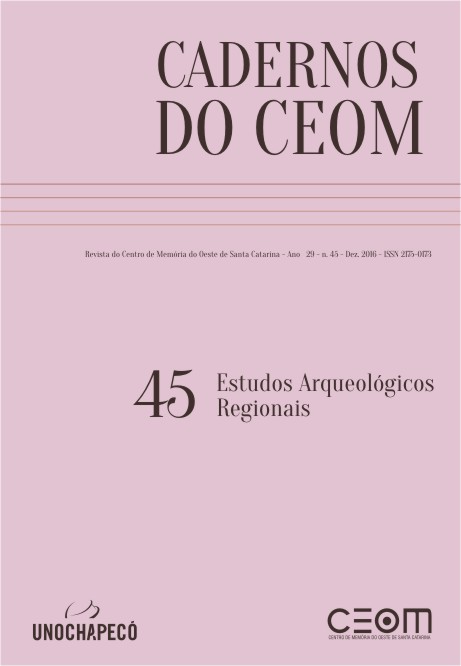Paleo American finds from Venezuela: evidence to discuss the spread of Fell Points and the peopling of Northern South America
DOI:
https://doi.org/10.22562/2016.45.08Keywords:
Politicas de igualdade racial. Ações Afirmativas. Educação Étnico- Racial.Abstract
“Fishtail” or just “Fell” points represent an excellent marker to know and discuss the existence of colonizers hunter-gatherers living in Central and South America during the end of the Pleistocene at about 11000-10000 14C yr BP. Investigations of Venezuelan fishtail points yielded additional data on their manufacturing procedure to help discuss the human colonization of northern South America. The finds from northern Venezuela on the Caribbean Sea yielded a link arguing for the use of the Atlantic slope and the current continental shelf during human dispersal in South America.
“Rabo de peixe” ou somente pontas Fell representam um excelente indicador para conhecer e discutir a existência de colonizadores caçadores-coletores que viveram na América Central e do Sul durante o final do Pleistoceno há aproximadamente 11.000-10.000 14C anos AP. Pesquisas com pontas Rabo de peixe da Venezuela proporcionaram dados adicionais sobre o seu processo de fabricação contribuindo na discussão da colonização humana do norte da América do Sul. As descobertas do norte da Venezuela no Mar do Caribe defendem a utilização da vertente Atlântica e da plataforma continental atual durante a dispersão humana na América do Sul.
Downloads
Downloads
Published
Issue
Section
License
Estou ciente de que, em sendo aprovado, a publicação do artigo será no formato on-line no Portal de Periódicos da Unochapecó.
Os autores detém os direitos autorais sem restrições, devendo informar, em nota, a publicação inicial nesta revista, em caso de nova publicação de algum trabalho.











